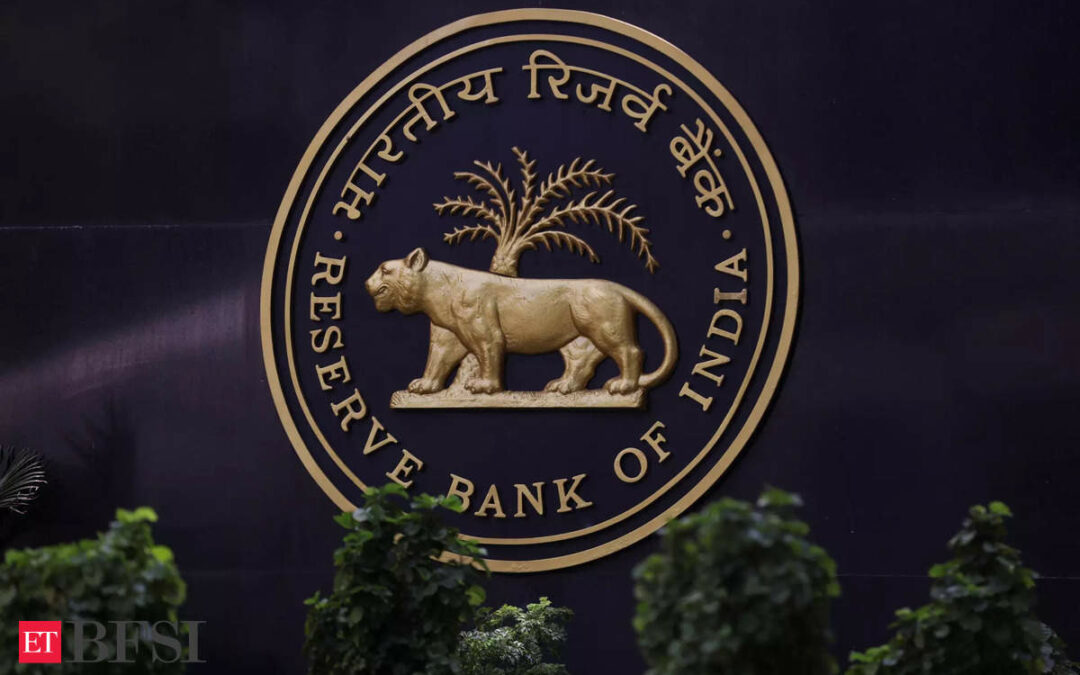Federal Reserve Chair Jerome Powell may have kindled hopes of lower rates, but the RBI’s position may be a bit tougher if one goes by the real interest rates. How despite the MPC’s 250 basis points increase in policy rates, real interest rates, adjusted for inflation, is among the lowest in Emerging Markets.
Inflation dynamics….
From a high of 7.4 percent in July, retail inflation which the Reserve Bank of India targets eased to 5.6 percent in November. But still inflation in India does appear to be on the higher side at 5.6% compared with many emerging market economies like Brazil Mexico and Indonesia or even US and Euro area. Policy rates by the central bank which is used to anchor inflation expectations hinges on this trend
Policy rates
The benchmark repo rate – the rate at which it lends to banks is the key policy tool that the Reserve Bank of India uses to manage inflation expectation by signaling any interest rate revision to manage inflation expectation from the demand side. The Reserve Bank has raised repo rates by 250 basis points since May 2023 to 6.5 percent, since inflation started to rise. This is reckoned to among the lowest margin of hike at a time some central banks including the US Fed has raised it FEd Funds rate by as much as 550 basis points.
The real versus nominal rates
From a policy perspective often one does talk of the real rate. The real rate or the inflation adjusted rate should be positive and what is the ideal level has been debated over the years. Hence If the policy rate in India, which is the repo rate, is at 6.5%, the real policy rate for the latest month would stand at 0.9%. While former governor Raghuram Rajan talked of an real rate of 1.5-2 percent as ideal at some point in time, the currently it is reckoned that a one percent real rate is adequate
What are the Reserve Bank’s challenges…
Inflation rates in India is not steady as there is a higher weight for food products because food prices are volatile largely determined by supply side constraints. In the current fiscal inflation reached at 7.4 percent in July because of a surge in tomato prices before settling at 5.6 percent in November. Under these circumstances there is a tendency for real policy rates to show similar movements in the opposite direction. Therefore, “central banks do take a more nuanced view of inflation, looking not just at the past but also future when arriving at a decision on rates” said a report by Bank of Baroda..
The Reserve Bank’s dilemma with respect to financial markets…
In addition to managing the inflation levels within the target band which is 2-6 percent at present keeping the growth objective in mind, keeping in mind financial stability considerations, the Reserve Bank should also ensure that the rates are conducive to adequate foreign currency flows through various channels besides so that the currency levels is stable vis-a-vis the dollar ensuring adequate liquidity in the local markets which in turn influence the domestic interest rates.










